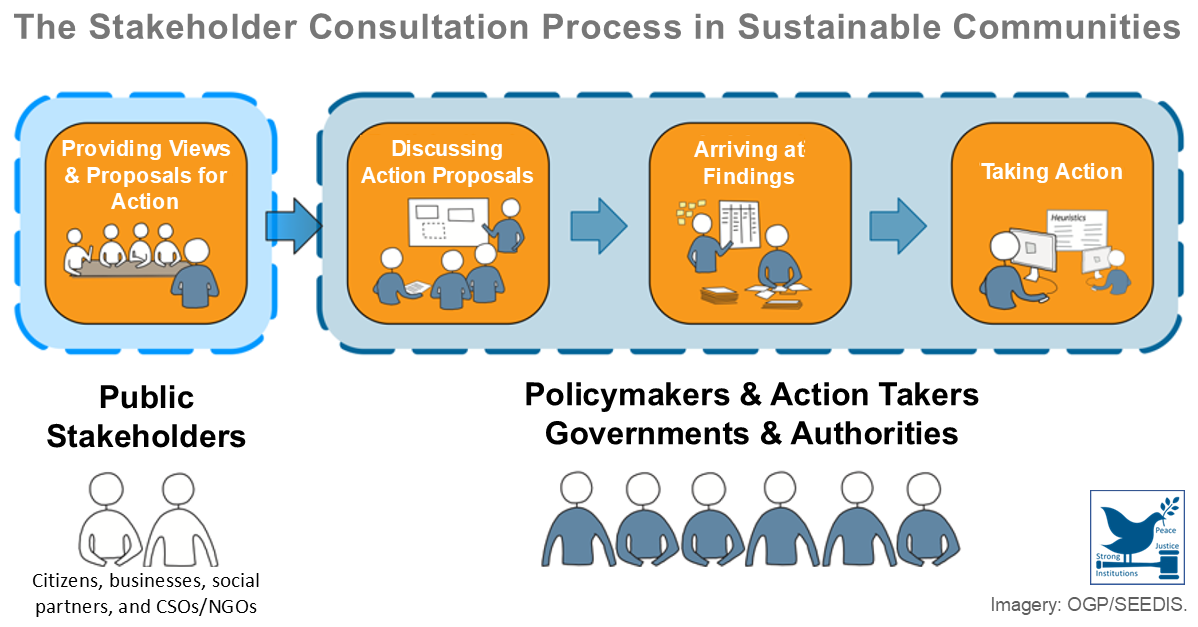A third-party institutional investor (insurance company, pension fund) unaffiliated with the lessor or lessee that lends the long-term debt funding in a leveraged lease on a nonrecourse basis in exchange for payments of principal and interest is a debt participant. The leverage in a leverage lease refers to the significant amount of debt provided by the debt participant for the financing of the leased asset relative to the equity invested in the asset by the equity participant.
The debt portion is the amount of nonrecourse secured debt funding provided by debt participants in a leveraged lease comprising 60% to 80% of the total funding, it equaling the difference between the equity portion and the asset’s cost. As nonrecourse debt, the lessor is not held liable for repayment in the event of the lessee’s default on the underlying debt. However, the debt funding in a leveraged lease is secured by assignment of the rental payments and a first lien against the leased asset in favor of the debt participants.
The indenture trustee in a leveraged lease is the party appointed by the debt participants under an indenture to act on their behalf to:
- Receive the funds from the equity and debt participants for the purchase of the asset and pay the supplier;
- Receive and distribute the rental income, first to the debt participants, who have senior claim to the lease payments, and then any surplus to the equity participants, usually through the owner trustee;
- Hold assignment of the lease agreement and the security interest against the leased asset;
- Ensure that the terms and conditions of the lease are complied with; and
- In the event of lessee default, exercise default rights and remedies.


Leave A Comment
You must be logged in to post a comment.